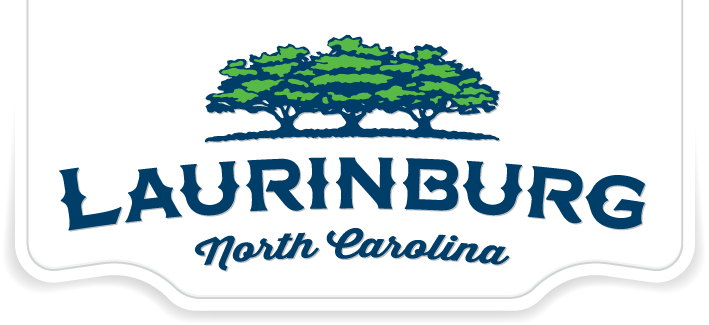How it Works
Put simply, Scotland Crime Stoppers relies on cooperation on three essential elements in solving the crime problem:
- Community - The heart of Scotland Crime Stoppers organization. Citizens form the Board of
Directors.
- Media - Publicity concerning unsolved cases. Essential link between law enforcement and the
community. Encourage citizen involvement in fighting crime.
- Law Enforcement - Coalition of local law enforcement agencies and coordinators. Acts on tips
provided from community.
Submitting Tips
Tips are received at the local Scotland Crime Stoppers hotline phone, 910-266-8146, thru the website www.scotlandcountycs.com, or the free mobile app P3tips. This phone is a stand alone instrument which does not provide caller ID, and conversations are not recorded. The website and P3tips program are also anonymous. The Scotland Crime Stoppers Coordinator receiving the information completes the tips information form, makes initial inquiries and then passes the information to the investigating officer. Tips are accepted regarding any publicized request for information, such as "Crime of the Week" or other crime(s) the tipster has knowledge of.
By guaranteeing a caller's anonymity Scotland Crime Stoppers allows the tipster to give information in a positive atmosphere without the prospect of retribution. By offering cash rewards for information leading to arrests, the program encourages otherwise reluctant callers to provide information.
Once the tipster is provided and assigned a tip ID number and asked to place a password in, the tipster can log on to the P3 program under the same ID number and password each time.


The Online WebTip
Tipsters now have the option of giving us tips online. The process is completely secure and anonymous and is a very effective and efficient means of safely communicating with us in today's world. Our WebTip process is powered by the world's leading online tip solution provider, Anderson Software.The very unique integrated Two-Way Dialog capabilities allow the tipster to come back and provide additional information to their tip at any time, but also provides a secure means for the coordinator to ask questions or provide reward information back to the tipster through the same secure and encrypted interface.
Structure and Funding of Crime Stoppers
Scotland Crime Stoppers was organized as a not for profit 501(c)3 organization. A civilian community board of directors provides direction as to the financial and promotional activities of the program. The board of directors enhances the community involvement aspect, and its function is vital to the programs success.Scotland Crime Stoppers program is funded by private donations and fund raising. NO TAX DOLLARS are involved. The reward money paid out by the program is from the fund raising and donations from concerned citizens and businesses.
A community board of directors, made up of persons from throughout the area, meets on a monthly basis to evaluate arrests and to decide on the size of rewards to be paid, up to $1,000. Rewards are then distributed in a private manner to the callers. Callers are eligible for rewards up to $1,000, but, despite this, many callers choose not to collect their rewards.

Does Crime Stoppers Work?
The answer is quite simply yes. Since the start of Scotland Crime Stoppers, many calls have been received resulting in several arrests and recovery of stolen property. Calls have included information about murder, robbery, rape, assaults, drug and firearm offenses.The success of Scotland Crime Stoppers program cannot be purely judged on statistics, however, other benefits have come to notice:
-
A greater awareness in the community that there is a crime problem.
-
A willingness by the community to FIGHT BACK AGAINST CRIME if it is given the opportunity and motivation.
-
Improved relationships between police, media, and the community.
Scotland Crime Stoppers is definitely here to stay. It has been accepted by police as a valid and effective investigative tool and the public, through its overwhelming response, appears to have accepted it as a more palatable alternative to traditional methods of giving information.
